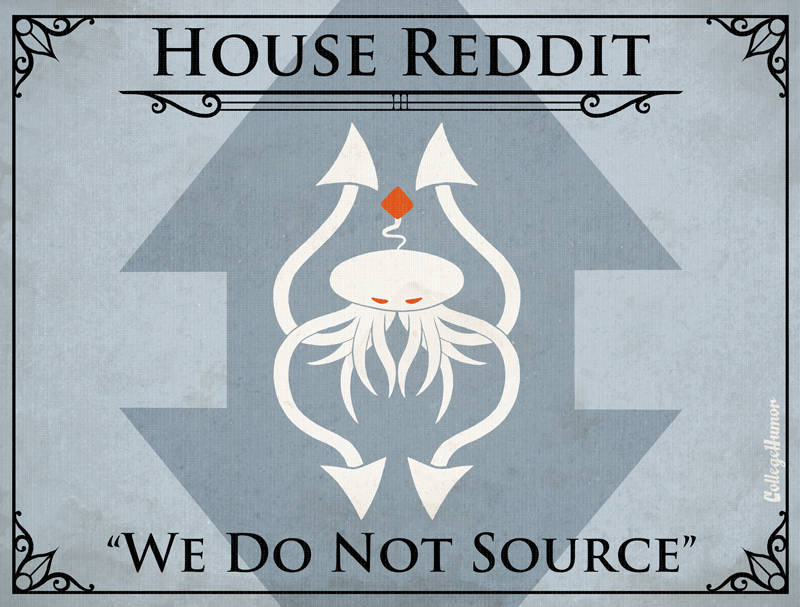
“Dark Wings, Dumb Words.”

Haunting the Web Since 1999

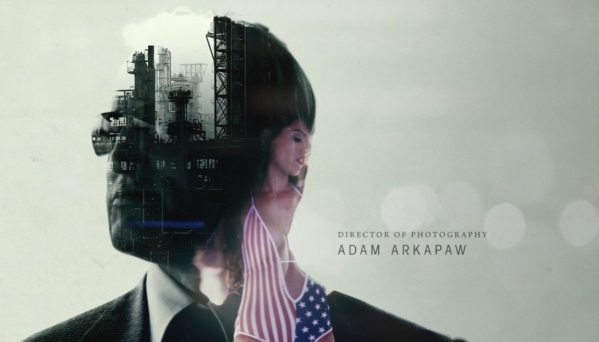
By way of Matt Zoller Seitz’s Twitter feed, “America as Afterimage in True Detective”. Alas, this article is totally overwritten, in the usual style of po-mo-infused semioticians. Still, some intriguing ideas and connections amid the thicket of verbiage.
“You cannot f**k the future, sir. The future f**ks you.” Ten years after its premiere and seven years after the hoopleheads of HBO wrought its untimely demise, Matt Zoller Seitz pays homage to Deadwood, the original bookend to The Wire: Whereas The Wire dramatizes the interminable decay of a city’s municipal institutions, Deadwood showed why they were needed in the first place, especially when a Great Man of means and no small ambition, like George Randolph Hearst, comes a-knockin’.
Of course, Deadwood also remains one of the most highly quotable television hour-longs around. The one I tend to use most these days: “And you, Mr. Wolcott, I find you the most severe disappointment of all.” “Often to myself as well.”
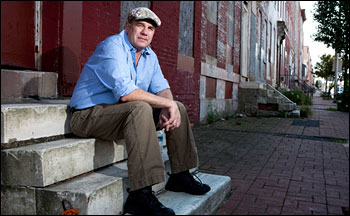
The Baltimore Sun reports that David Simon is working on a MLK mini-series for HBO, “based on the celebrated book trilogy by Pulitzer Prize-winner Taylor Branch…But as per Blown Deadline’s development projects, this is behind another miniseries project for HBO that is closer to production and that we hope to be announcing shortly.”
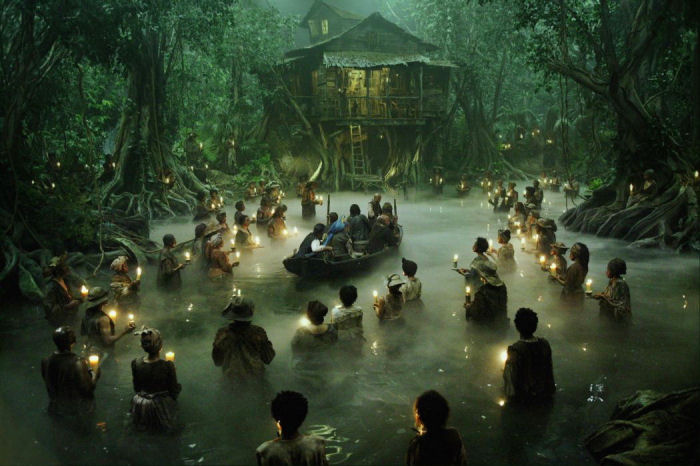
In Slate, Adrian Van Young delineates True Detective — and Lovecraft’s — debt to Louisiana, one of the cultural crossroads and borderlands where shadows linger and tricksters thrive. “Lost cities, liminal realms, and cosmic fear come more or less naturally to Louisiana…The chief-most horrors of the show are not voodoo curses or tentacled monsters or consciousness-destroying plays, but environmental slippage, religious perversion, badly mangled family trees. True Detective wears the cosmic-horror genre and its lineage, in other words, not unlike the Mardi Gras masks being worn today all over its native state. The mask is scary, sure enough, but what’s underneath can be even more frightening: one place in the U.S. where anything, it seems, can happen.'”
Also, for a more prosaic take on HBO’s current hit, see the credits for Law & Order: True Detective, below.
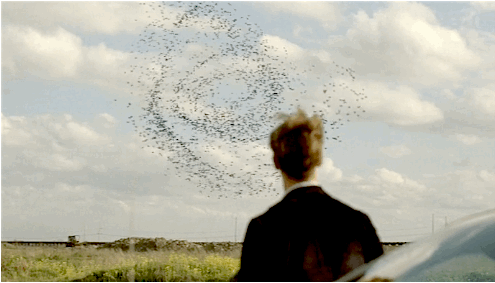
In io9, Michael Hughes explores True Detective‘s many references to The King in Yellow, an 1895 collection of short stories by Robert Chambers, and a “fictional play…that brings despair, depravity, and insanity to anyone who reads it or sees it performed.”
As Molly Lambert of Grantland pointed out of HBO’s dark and addictive mini-series, “True Detective’s closest relative is Twin Peaks, which mined similarly nocturnal depths. Both shows espouse mythologies that feel extremely personal to the creators but also eerily universal, tapping into the same brain waves as paradoxical sleep.”
For his part, show creator Nic Pizzolatto recently talked about his debt to another Weird Fiction author, Thomas Ligotti. “I first heard of Ligotti maybe six years ago, when Laird Barron’s first collection alerted me to this whole world of new weird fiction that I hadn’t known existed. I started looking around for the best contemporary stuff to read, and in any discussion of that kind, the name ‘Ligotti’ comes up first…[H]is nightmare lyricism was enthralling and visionary.
On top of everything else, True Detective also has one of the more captivating credit sequences in recent years, as per below. (It apparently owes a heavy debt to the work of artist/photographer Dan Mountford.)
On the eve of Martin Scorsese’s Boardwalk Empire — premiering this Sunday — HBO shows off some of the goods in its 2011 hopper: Tom McCarthy’s adaptation of George R.R. Martin’s Game of Thrones, with Sean Bean, Peter Dinklage, Charles Dance, and Lena Headey, and Todd Haynes’ five-part take on James Cain’s Mildred Pearce, with Kate Winslet, Guy Pearce, and Evan Rachel Wood. I already did the re-up a month ago — looking forward to catching up with Treme — but I’m glad to see HBO plans to keep ’em coming.